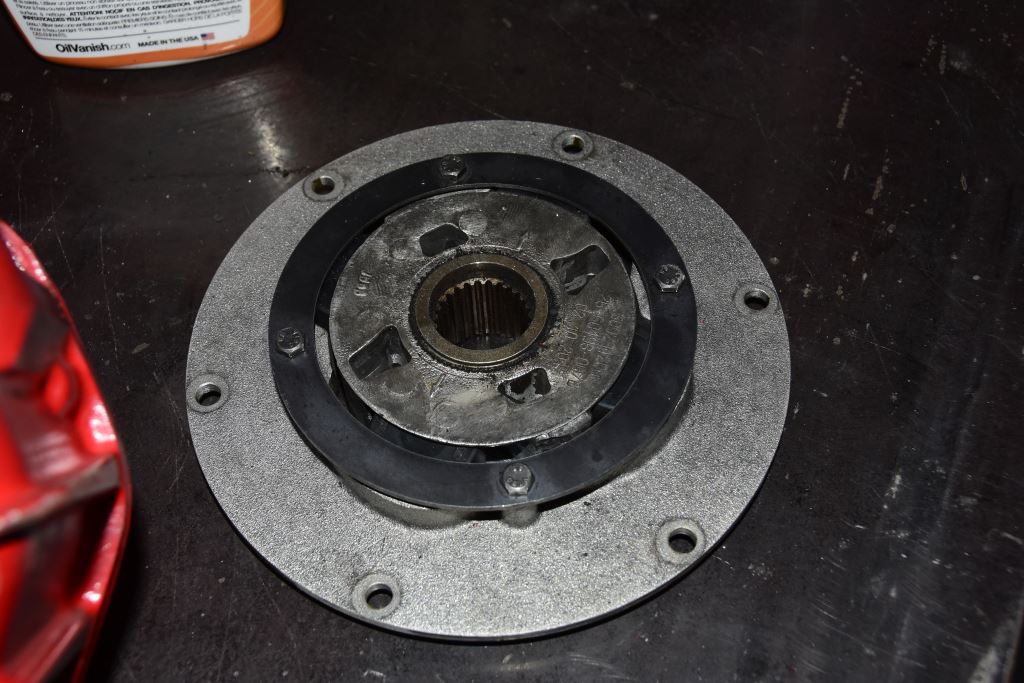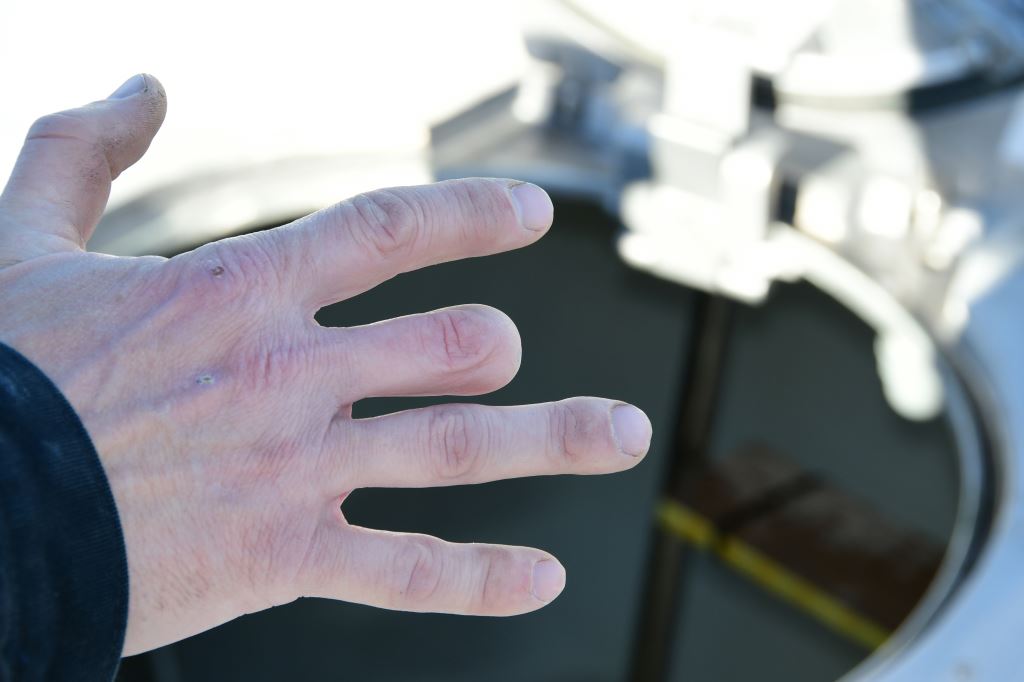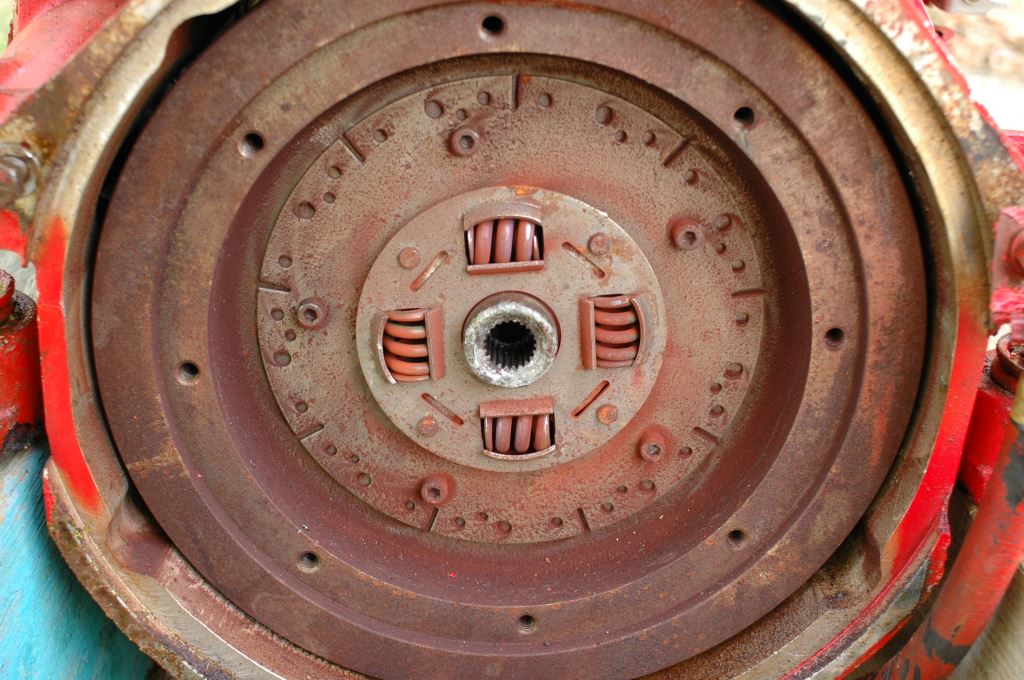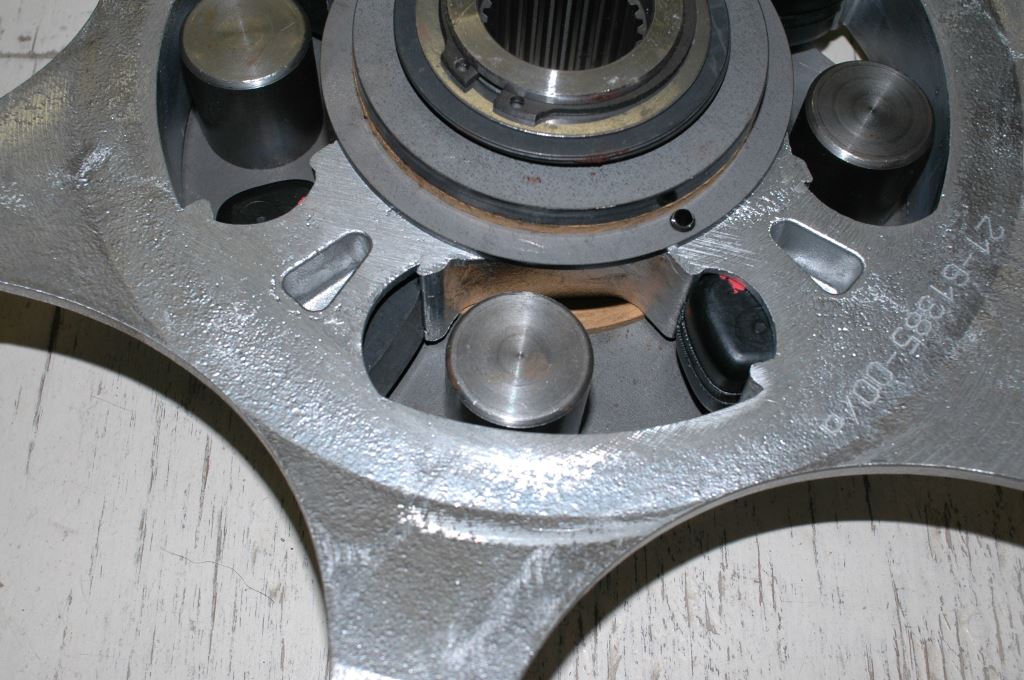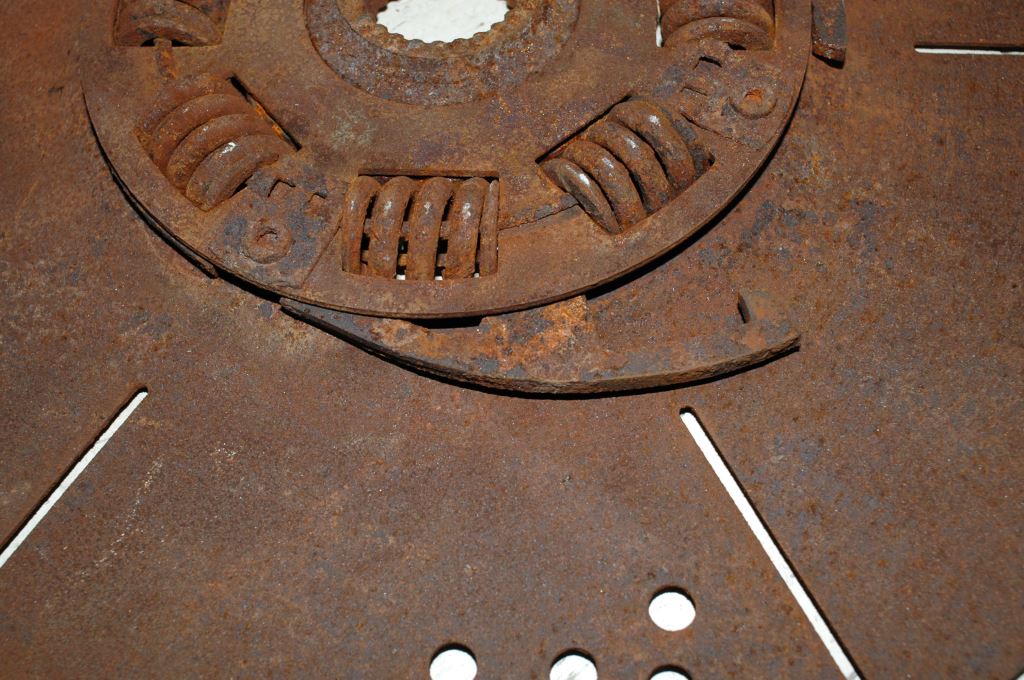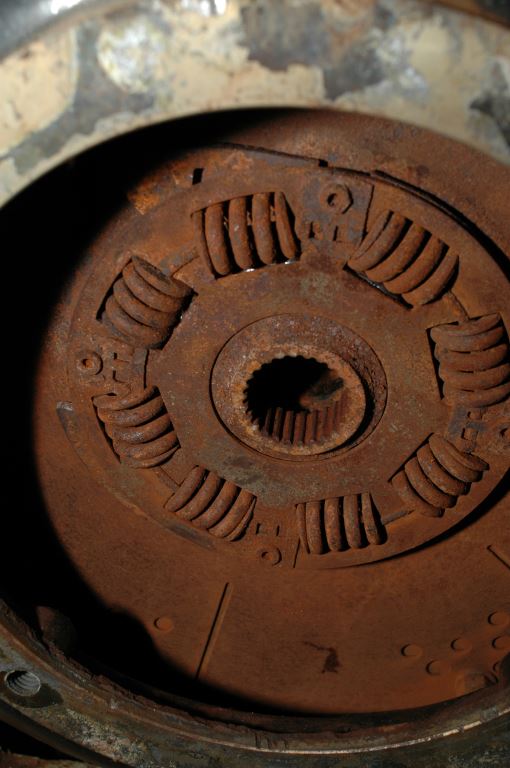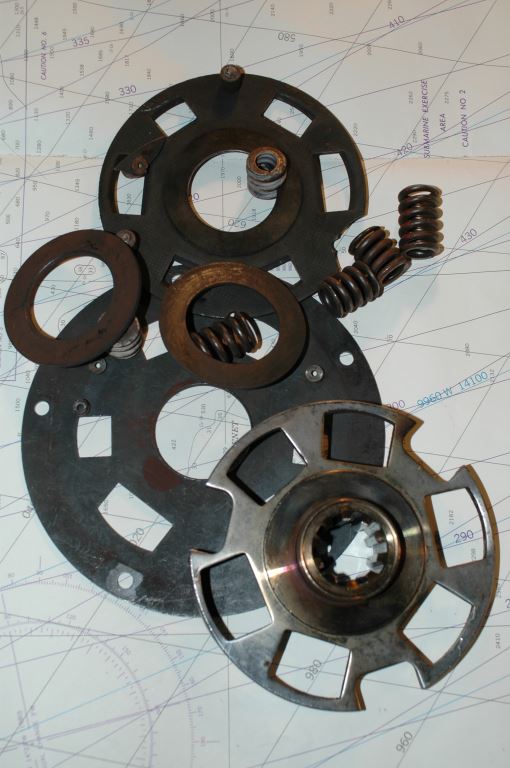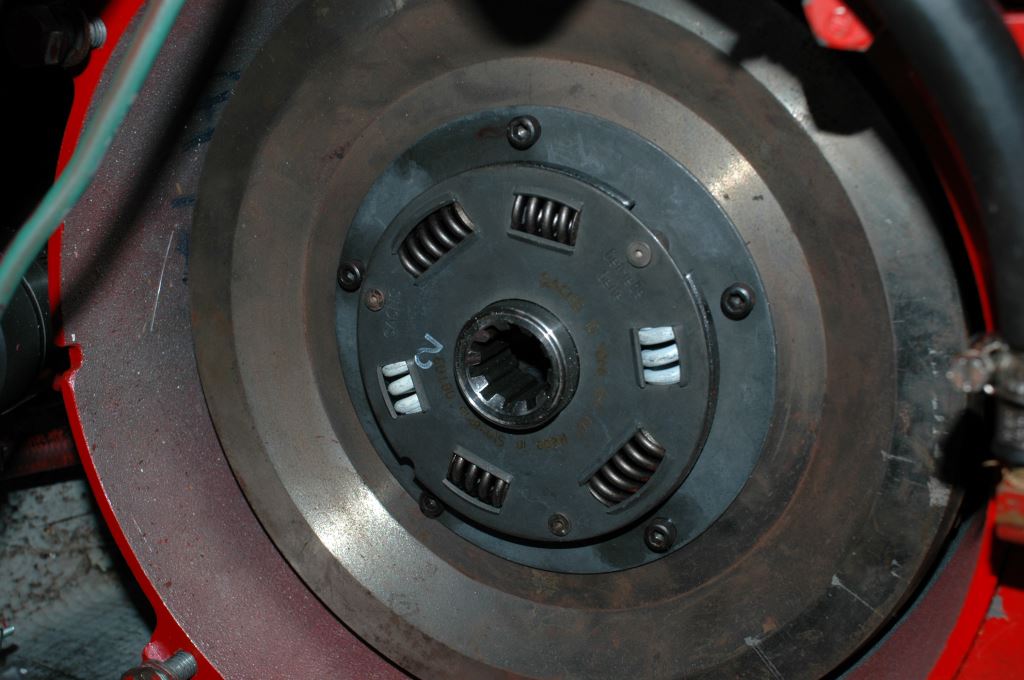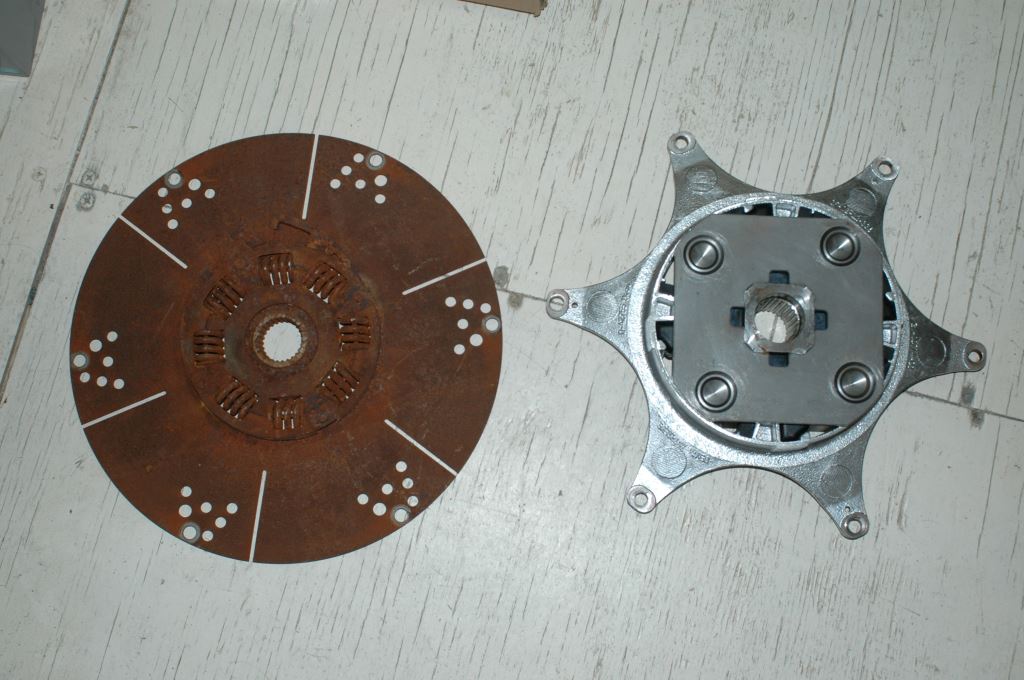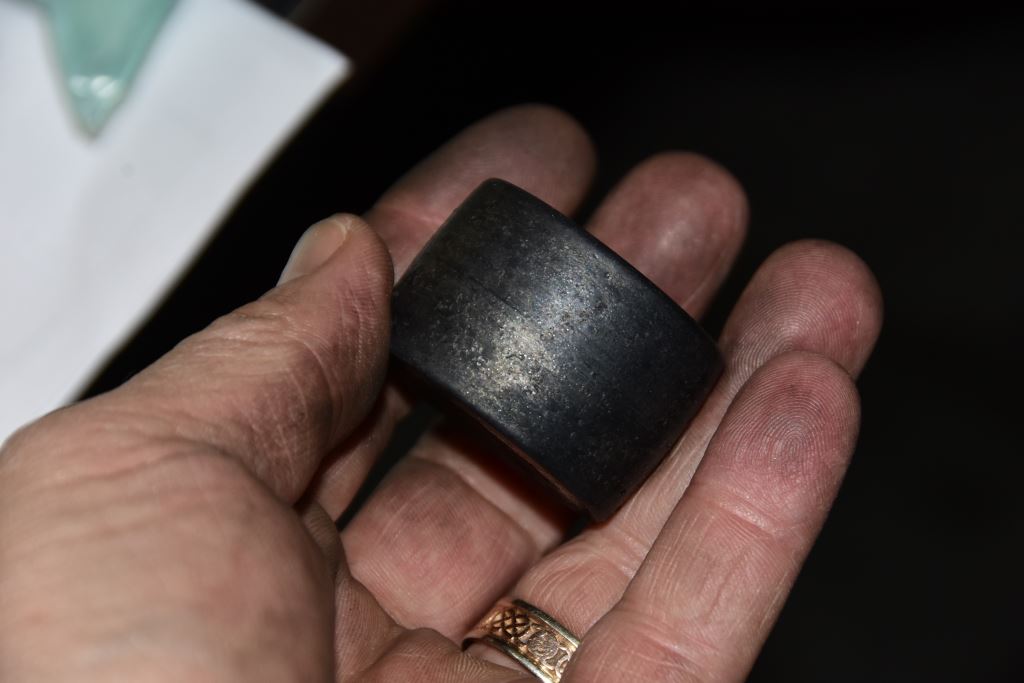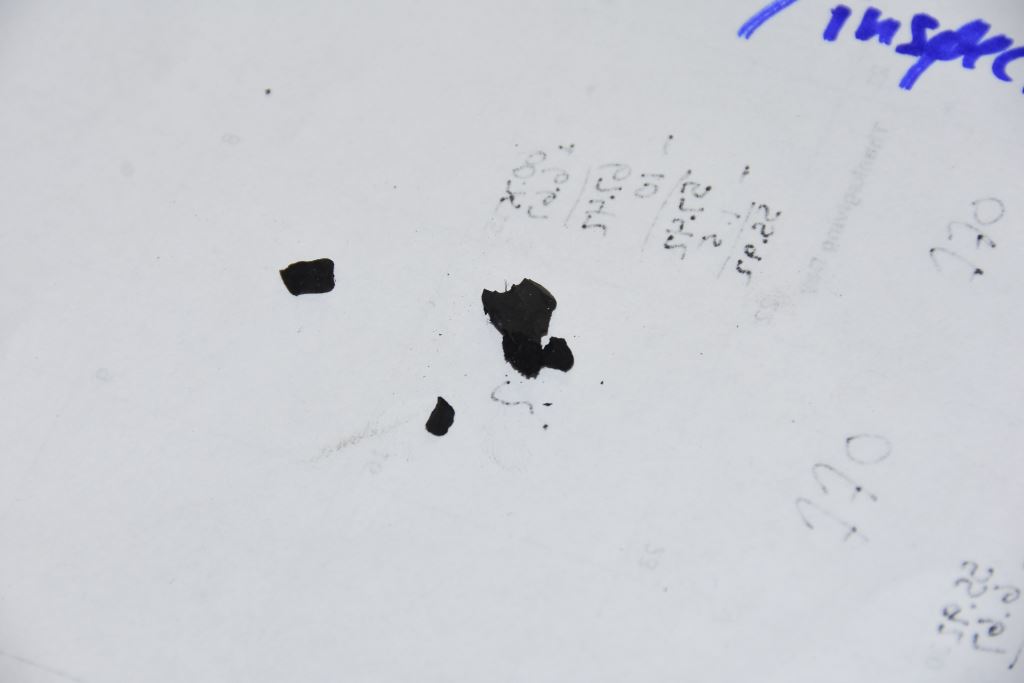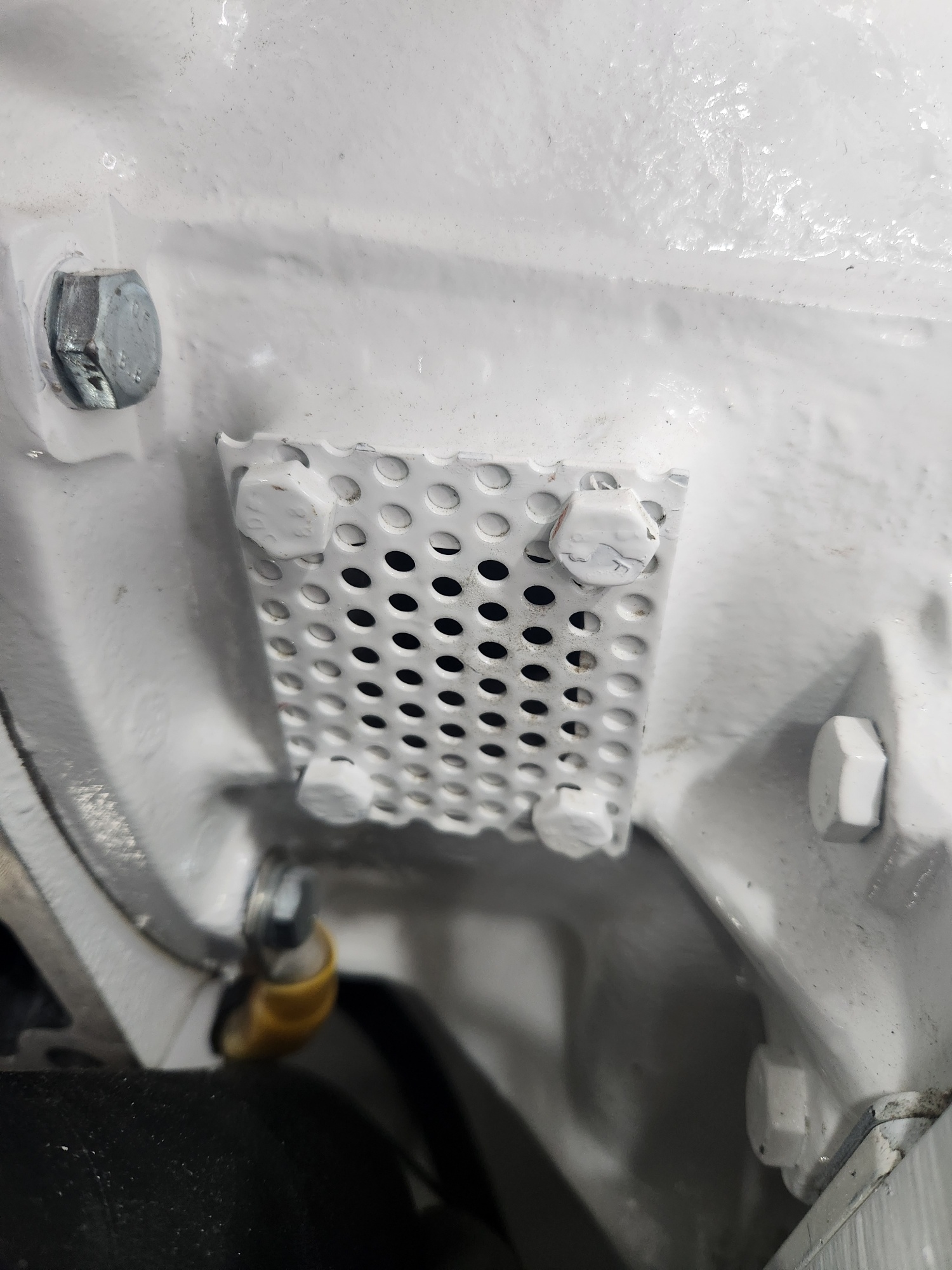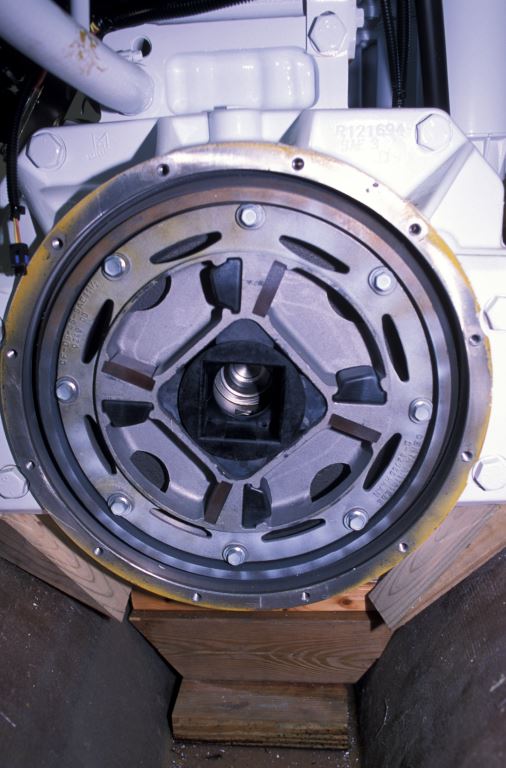From the Masthead 
It’s Dangerous Out there; Pay attention, your life, limbs, or eyesight, may depend on it.
When I was a U.S. Naval Sea Cadet, I spent a summer training period aboard the USS O’Bannon, a Spruance Class destroyer based out of Charleston, SC. For a 14-year-old it was a great adventure. While aboard, I learned much about ships, shipboard machinery, including gas turbine engines (like the requirement for dual hearing protection, ear plugs and ear muffs, which were needed when entering the engine room); and it’s where I first encountered the science of oil analysis, which I previously wrote about here.
On my first day aboard, during orientation, the ship’s doctor gave a short but stern lecture about the many dangers associated with life aboard a sea-going vessel, especially a warship. The hydraulic machinery associated with opening and closing the door in the hull, used to launch torpedoes, had a placard on it that read, “MAN KILLER”. I was told a man had been killed by it while the ship was under construction, a story which left a strong impression on my youthful mind, not so much fear but respect. It may have been the first time I had that feeling associated with machinery, a sentiment that has been reinforced countless times in my marine industry career. Sea-going vessels, power, and sail, can be very dangerous, even when dockside; a moment of inattention or carelessness, can lead to serious injury or even death.
The author aboard the US Navy Spruance class destroyer USS O’Bannon
While I was the manager of a boat yard, I had another experience that left a lasting impression. On a bright, sunny day, an experienced, and generally cautious mechanic, entered the cabin of a sailing vessel, and reached into the engine compartment, while the engine was running. His eyes had not yet adjusted to the darkened compartment; he inadvertently placed the web of his hand, between thumb and fore finder, into the rotating fan belt, which drew his thumb into the pulley, instantly twisting it from his body. He was rushed to the hospital, where the thumb was reattached, but regrettably the procedure was not successful and it had to be amputated.
A few years ago, while on a sea trial and undertaking a high load run, I took temperature readings in a vessel’s engine room. Just as I was departing the space, a cooling system hose separated from the engine; because it was a keel-cooled vessel, its cooling capacity was substantial, the full contents of the system discharged into the engine room under pressure in just a few seconds; it would have been at nearly 200 degrees Fahrenheit. I instinctively fell away as I was backing out of the compartment, the engine room door handle in my hand, as a cloud of atomized liquid and vapor escaped past the door before I could close it, hot coolant droplets landed on my hand. I was shaken and thankful for the providential timing of my exit from the space. As I collected my thoughts, I noticed coolant droplets on my safety glasses. From that day onward, I always wear safety glasses whenever I’m in an engineering space.
There are countless ways one can be injured aboard vessels large and small
More recently I encountered a staff member at a yard in the Seattle area. As we were working together aboard a new vessel that was being commissioned, I made note of the fact that I had specified a passive locking mechanism on the cast aluminum chain locker hatch, one that automatically locked when the hatch was opened. He said, “Yeah, those can be dangerous” and lifted his right hand to display the missing portion of his middle finger. I asked what had happened, and he explained that a similar hatch had fallen on it, severing his finger; it too could not be successfully reattached.
Marine systems and machinery are typically safe when installed, maintained and operated properly. There are, however, no guarantees; pay attention and use protective gear when necessary.
Damper Plates – A Vital Bond
Damper plates serve as the interface between engine and marine gear or transmission.
Like the clutch in a standard transmission automobile, you know it’s there, it fulfills a critical role, and you hope to never see it. If you do it nearly always means something has gone wrong. I’m referring to the damper plate, the device that serves as the interconnection between the engine’s output, and the transmission’s input.
The bushing and stop arrangement of a modern damper plate.
Located at the rear of the engine, under the bell housing, the damper plate turns with, and is bolted to, the engine’s flywheel. The marine gear, or transmission, input shaft, which is splined, engages with a similarly splined receiver located at the center of the damper plate, thereby connecting the two. The splined interface serves as a semi-permanent component, while allowing for slight independent movement.
Steel damper plates like the one shown here are prone to rusting, especially if bilge water enters the bell housing. This one has begun to fail.
The damper plate has two primary missions, the aforementioned interconnection of the engine and transmission, and shock absorption. An engine’s flywheel is by design heavy, that heft absorbs and smooths out irregularities inherent in the output of a reciprocating engine. However, it’s not uncommon, especially at low rpm, to experience backlash, wherein the resistance created by the propeller is not constant and balanced with the rotational power of the engine, as the crankshaft converts the reciprocal motion of each piston, as it is driven by expanding gasses created by the ignition of fuel. That inconsistency creates rising and falling loads on the transmission and engine package; the damper plate is designed to absorb and smooth these, preventing or reducing the backlash, vibration, and “rattle”.
In the case of a damper plate that has either been selected incorrectly for the engine/gear, or one that has failed, this can lead to what’s known as “gear rattle”, an unmistakable and unsettling noise, ranging from a rattle or clunking to a thumping or clanging, that emanates from the engine compartment, although it may resonate throughout the entire drive train. That backlash or rattle is more than simply annoying, it can lead to transmission damage, as the gear teeth faces collide with each other every time gear lash (the clearance between gear teeth), opens and closes.
This damper plate has failed, the result of frequent and aggressive shifting by those operating a launch vessel.
Traditional damper plate designs utilize a series of springs, which are compressed as load is applied and increased; at some point the springs become completely compressed, or they reach stops, which is by design, because at higher loads backlash isn’t an issue. At low rpm where backlash is likely to occur, the springs absorb the variations in load, preventing or reducing backlash.
Springs are used in damper plates to absorb shock loading encountered when shifting into gear, as well as to reduce gear/prop backlash.
The resiliency of the damper plate also acts as a shock absorber when shifting into gear. This smoothing effect also serves to reduce the hammer-effect on the transmission’s input shaft splines. More advanced damper plate designs utilize synthetic rubber, often a polyester elastomer, which is capable of absorbing and preventing backlash through a wider rpm range than simple springs. Some of these designs incorporate sequential damping, wherein they utilize more than one set of bushings, each with a different durometer, to absorb varying degrees of thrust, while preventing backlash.
A traditional damper plate (left) and its modern equivalent (right). Traditional damper plates use springs, more advanced designs rely on flexible rubber-like bushings.
For larger engines, those over 100 hp, matching of damper plate’s flexible bushing durometer to an engine’s torque, and piston frequency, is critically important. If the incorrect damper plate is used, it can cause or exacerbate the low rpm gear rattle phenomenon.
A damper plate bushing insert.
To use the manual transmission automobile analogy once again, common wisdom dictates that damper plates should be replaced any time you can see them, i.e., whenever the marine gear is removed; it’s all about access. Unfortunately, it’s usually not possible to inspect a damper plate without removing the transmission, however, some bell housings have ports or “windows” as well as a drain at the bottom that may allow for inspection, or for pieces of broken springs or rubber to fall out.
When a rubber bushing damper plate begins to deteriorate, you may see small pieces of rubber “leaking” out of openings in the bell housing.
Clearly if you find these in the bilge under the engine, it’s time for to separate the gear from the engine for a closer look. For the spring variety damper plate, even at rest (for that matter even before they are installed), the damper plate’s springs should be under constant tension, you should not be able to move or rotate them, if any movement is possible, the damper plate is in need of replacement.
Many bell housings include vents or inspection ports that allow you to see at least some of the damper plate.
The rubber (usually black but sometimes amber in color) bushings used in some damper plates may also begin to disintegrate after years of use, in that case you may see rubber particles or even dust accumulating at bell housing holes or ports.
A partially assembled damper plate reveals the bushings and stops.
Finally, when installing a new damper plate, make certain a torque wrench is used to tighten the fasteners that attach it to the flywheel, grease the splines, always use new lock washers (some prefer to use a thread locking compound as well, taking a belt and suspenders approach), and make certain no back lash or gear rattle is present during a sea trial.
The grease used on damper plate splines must be of the highest quality, and the right viscosity, as it is inaccessible once assembled, and thus it has to last for years.
If there is, the idle speed may need to be adjusted upward. Be careful, however, setting idle speed too high can cause damper plate, and gear, damage; and never set idle speed above the engine/gear manufacturer’s recommended rpm.

